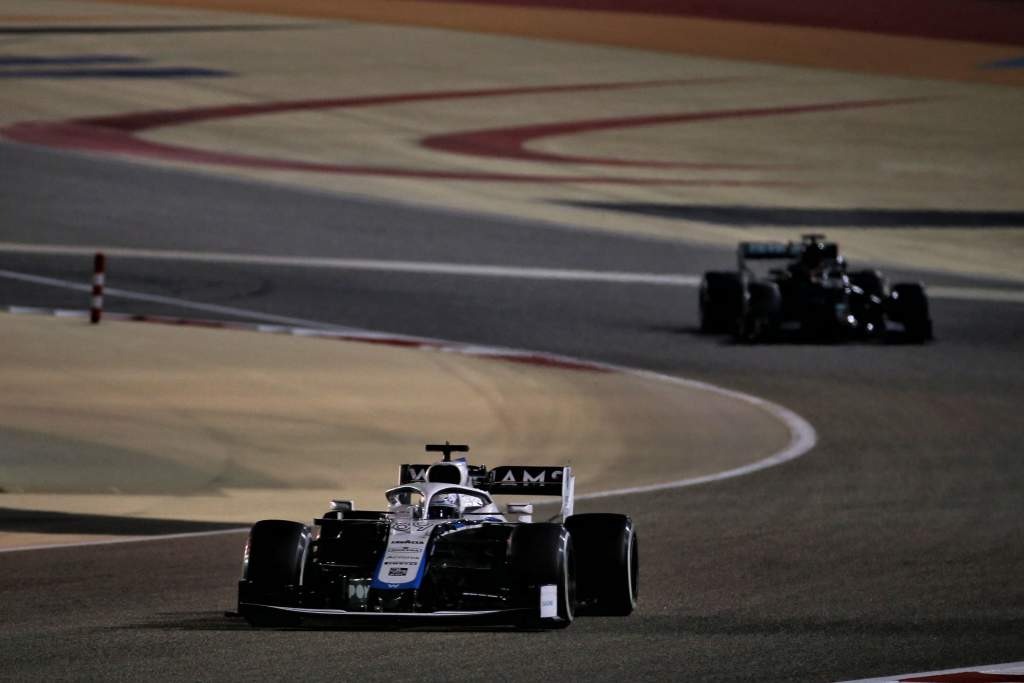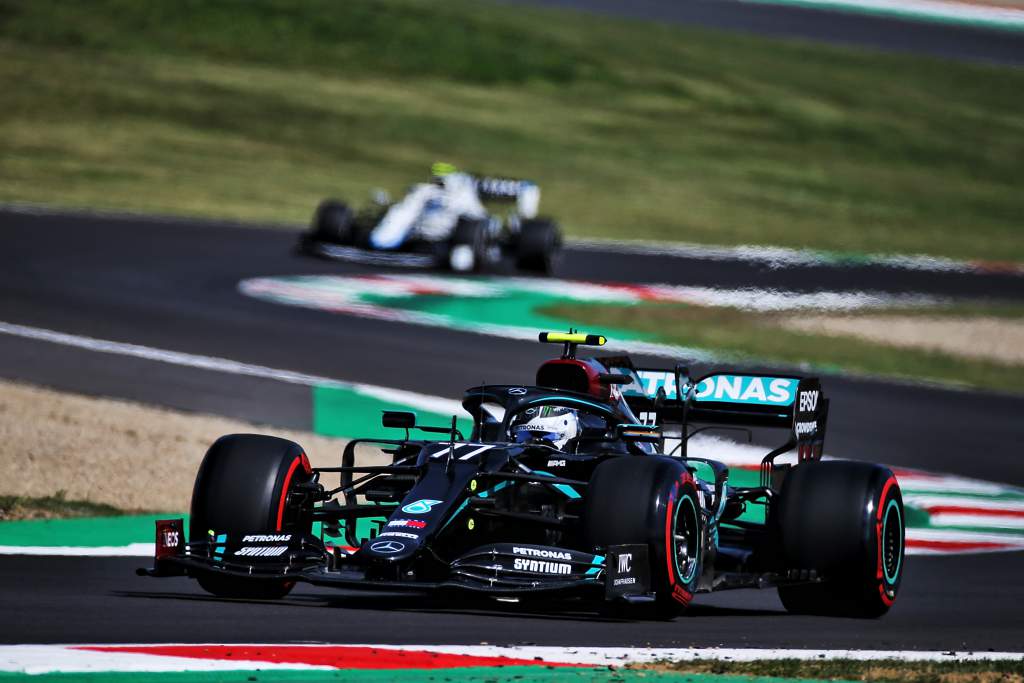Up Next

The decision to take a Formula 1 gearbox and hydraulics supply from Mercedes from 2022, which is likely to include other ‘transferable components’, represents a softening of the Williams team’s longstanding hardline position on the need to be a fully-independent constructor.
Realistically, this is probably a bullet Williams needed to bite a few years ago, but it’s better late than never. It might seem irreconcilable with its desire to avoid becoming an F1 B-team, but there is a middle ground to be struck and this is a logical solution that best serves the team’s circumstances and ambitions.
First and foremost, it can be sure of quality. Mercedes components are tried and tested race winners, so this is a low-risk move for Williams as running technology from the pre-eminent team of the age is never a bad thing and. Painful as it might be for those at the team to hear, to put it in perspective in terms of competitiveness, its situation is rather akin to Minardi striking a deal to run Williams components for 1996!
Williams is a much larger team than mid-90s Minardi, with legitimately grander ambitions, so that comparison is very limited but it is coming off the back of finishing 10th in the championship for two successive seasons, just as Minardi had done in ’94 and ’95. That is the reality that has to be confronted.
That’s not to say the quality of the Williams gearbox and hydraulics were holding the team back. After all, the gearbox and hydraulics are not hugely performance sensitive in terms of the differences across the current grid and even if Williams produced the best gearbox/hydraulic package on the grid, this would not transform its fortunes. But by choosing this path, the team no longer has to worry about these parts and can focus elsewhere.

In effect, it is forsaking being comfortably the smallest of those attempting to be big teams to take on its direct competitors on a more level playing field.
It does come at a cost, and not just a financial one. Firstly, it means your capacity to produce gearboxes and hydraulics in the future lies fallow. But this can always be restarted down the line, in a distant, hoped-for future where Williams is thinking about fighting for championships again.
Secondly, by taking a customer gearbox, you are compromised in terms of your rear suspension design freedom, packaging and your technical horizons are limited. But having to follow the Mercedes path is no bad thing and just because you do that, it doesn’t mean you are going down the extreme Racing Point route and copying a car. For proof of that, just look at the many years Racing Point had a Mercedes technical partnership but a very different car concept.
What it does allow Williams to do is to take personnel who would otherwise be working on the gearbox and redeploy them elsewhere. This is the critical point because it means a team that is still resource-limited can channel its efforts into areas that make a bigger difference. For a smaller team, even one with a decent level of investment from its new owners, this is a pragmatic solution.
Williams is ticking several big boxes when it comes to the complex challenge of the 2022 car
It also firmly aligns Williams with the ongoing model for F1. ‘Transferrable components’ is a new term to the regulations in 2021, replacing the old delineation of listed parts (which teams must make for themselves) and non-listed parts (which they can source from elsewhere). Now F1 has ‘listed’, ‘prescribed’, ‘transferable’, ‘free-supply’, ‘open-source’ and ‘homologated’ components, making for a more subtle blend. But every team must play those regulations to its advantage and according to its circumstances.

By taking the Mercedes rear end – especially if they are taking the suspension as well, which is unclear at this stage – Williams is ticking several big boxes when it comes to the complex challenge of the 2022 car. This will be an all-new car with almost no carry-over, making it an enormous project. Even if being a customer limits its design input in some areas, there’s more than enough to concentrate on elsewhere.
New Williams owner Dorilton Capital makes much of its desire for structured, strategic, long-term investments. Despite having already injected significant cash into the team to clear debts and to start fortifying, it’s clear this is going to be a case of controlled, intelligent growth rather than an attempt to fast-track to success. Teams that attempt to do that have a habit of burning brightly then fizzling out.
So this can only be interpreted as a positive move and represents and entirely the right attitude if Williams is to become a successful, sustainable F1 team again. There is no lack of potential at Williams and plenty of very accomplished personnel, but only by taking a rational, step-by-step approach can that be realised.
This is an obvious, but necessary move for Williams that proves idealism is taking a back seat to pragmatism. Finally taking the plunge on a wider-ranging technical partnership with Mercedes is further evidence that there could be a brighter future ahead rather than just another false dawn – even if it is just one of a great many decisions that must be nailed if a return to race-winning form is ever to happen.





